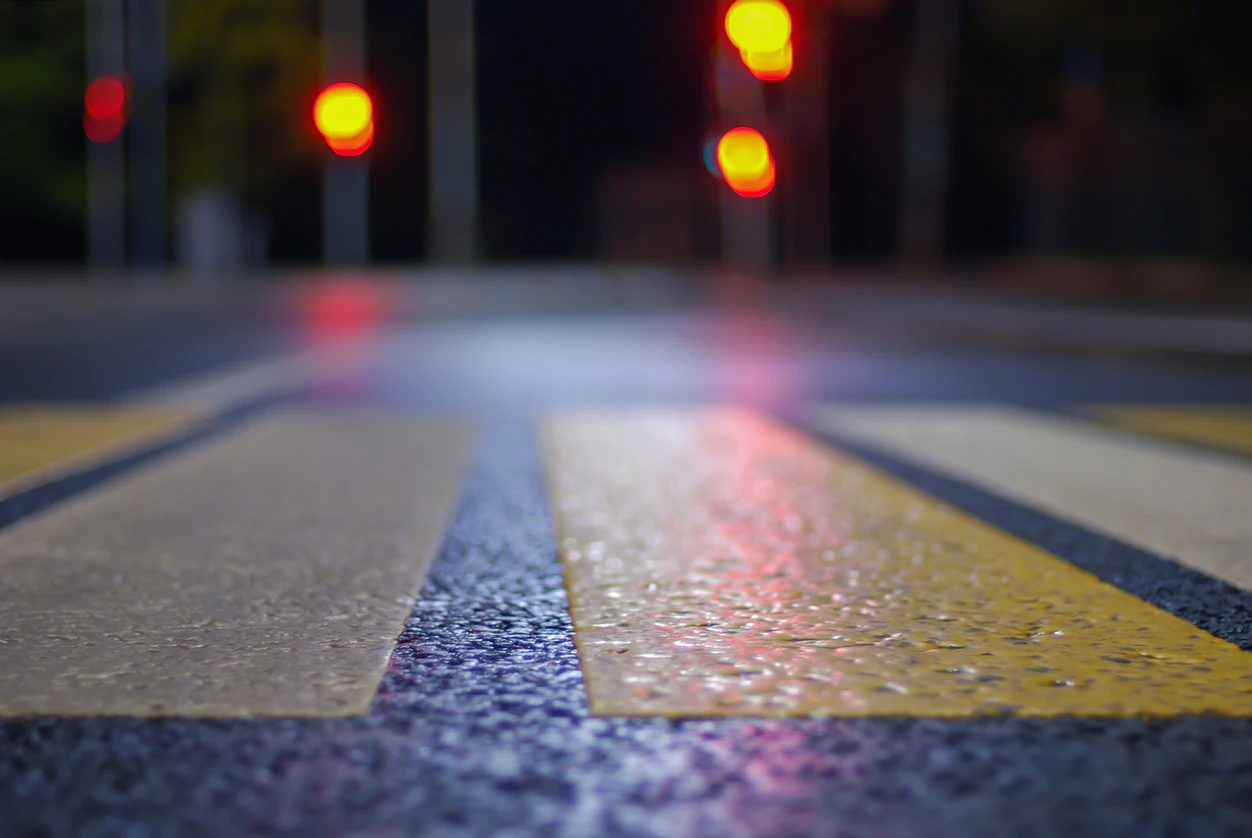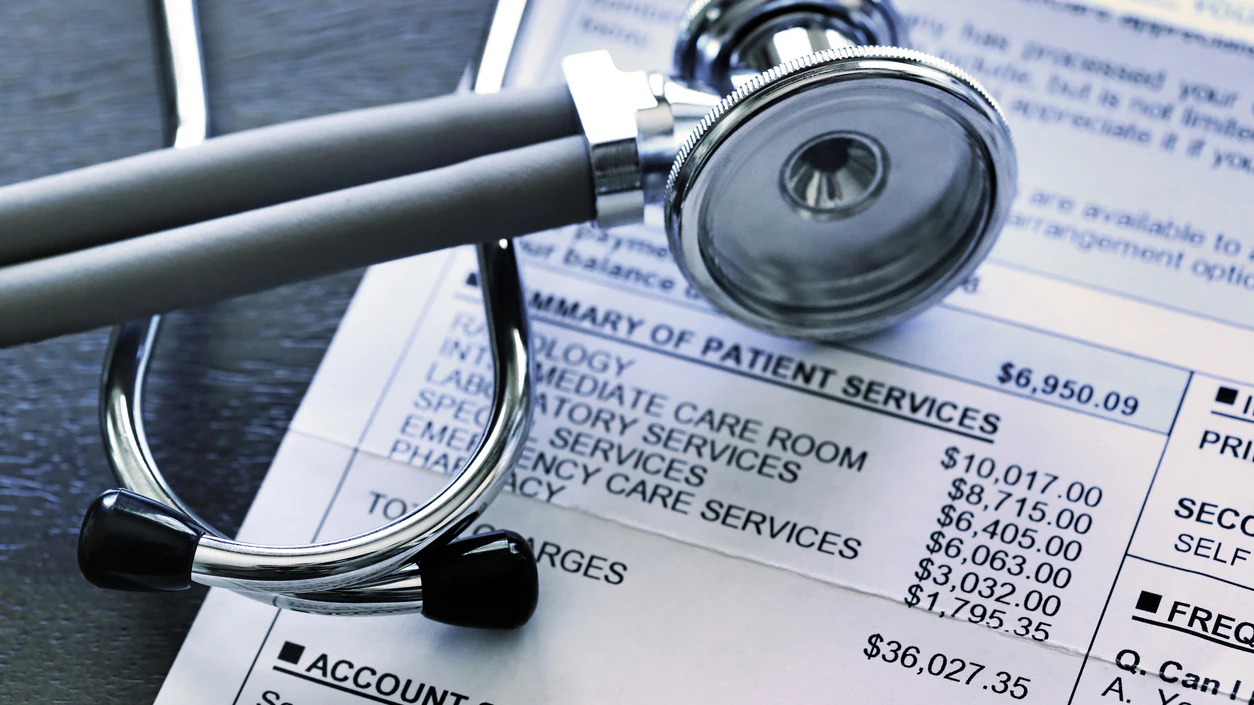In neighborhoods across Hawaiʻi, when the sun sets and the bus stops fall into the shadows, the simple act of walking or waiting for transit can make a person feel vulnerable. But thanks to a new initiative led by the Hawaiʻi Appleseed Center for Law & Economic Justice, residents of Waipahu and ʻEwa are poised to benefit from brighter streets and safer crossings.
Hawaiʻi Appleseed has been selected as one of only four organizations nationwide to participate in Phase 2 of the federal Mobility, Access, and Transportation Insecurity (MATI) Program. Hawaiʻi Appleseed’s project—titled “Improving Women’s Mobility in Waipahu and ʻEwa through Pedestrian Amenities and Transit Lighting”—responds directly to community-identified gaps in pedestrian and transit safety for women, families and other vulnerable travelers.
Why the focus on lighting and pedestrian amenities?
Hawaiʻi Appleseed’s prior research—which included listening sessions, travel surveys, and design workshops with over 200 residents—found that inadequate lighting, unsafe crossings, and a lack of welcoming pedestrian infrastructure were among the top mobility barriers for women who walk or ride transit in the two communities.
One resident put it plainly: crossings that are poorly lit or poorly marked feel risky even during the day, and waiting for a bus after dark becomes a matter of “I hope I don’t have to walk alone.”
By investing in solar-powered lighting at high-ridership bus stops, and improving intersections near elementary schools (with curb extensions, raised crosswalks, and colorful street art), the initiative aims not just to change infrastructure, but to shift how safe mobility is experienced for entire families.
What this means for the community
For families, students, and workers in Waipahu and ʻEwa, the project has several ripple-benefits:
● Greater access to education, work and services: Safer pedestrian routes and better transit lighting means fewer barriers for those relying on transit or walking—especially if travel involves early morning or after-dark commutes.
● Stronger feelings of personal safety: When transit stops are illuminated and crossings feel visible and welcoming, people are more likely to choose transit or walking. This helps reduce car-dependence, traffic congestion, and household transportation costs.
● Community co-creation: By involving local residents, students, artists and community-health workers, the project fosters a sense of ownership and ensures the project responds to real-lived experience.
Why this matters now and what’s next
With the recent opening of Skyline’s Segment 2, Hawaiʻi’s transportation landscape is changing—and the spotlight is moving beyond solely buses and roads to the “last-mile” infrastructure that determines whether transit is genuinely accessible. For many people, waiting at a dark bus stop or crossing a wide, unlit intersection is the kind of barrier that wins out over the promise of mobility.
This MATI-funded project illustrates a shift in focus: infrastructure that enhances community safety and access to transit options—especially for those too often invisible in transportation planning. By making public transit more viable, visible and safe for women, families and youth, the project speaks to what transportation security can look like in practice.
Pedestrian improvements and lighting installations are expected to be completed by late 2026. To carry out this project, Hawaiʻi Appleseed will work in partnership with the Honolulu Department of Transportation Services, as well as local traffic engineers and contractors, to design and install the amenities. Appleseed will also work with community health workers and students at the University of Hawaiʻi to research project benefits.
Transportation is rarely just about moving from A to B—it’s also about access, safety, freedom, and the dignity of mobility. When a child can walk to the bus stop without worry; when a working mom can wait after dusk with confidence; when transit becomes the obvious choice because it is reliable and safe, our communities thrive.
This project is more than bright lights and new crosswalks. It’s a clear statement that every resident deserves safe passage—to school, to work, and to home.
Abbey Seitz is Hawaiʻi Appleseed Director of Transportation Equity





